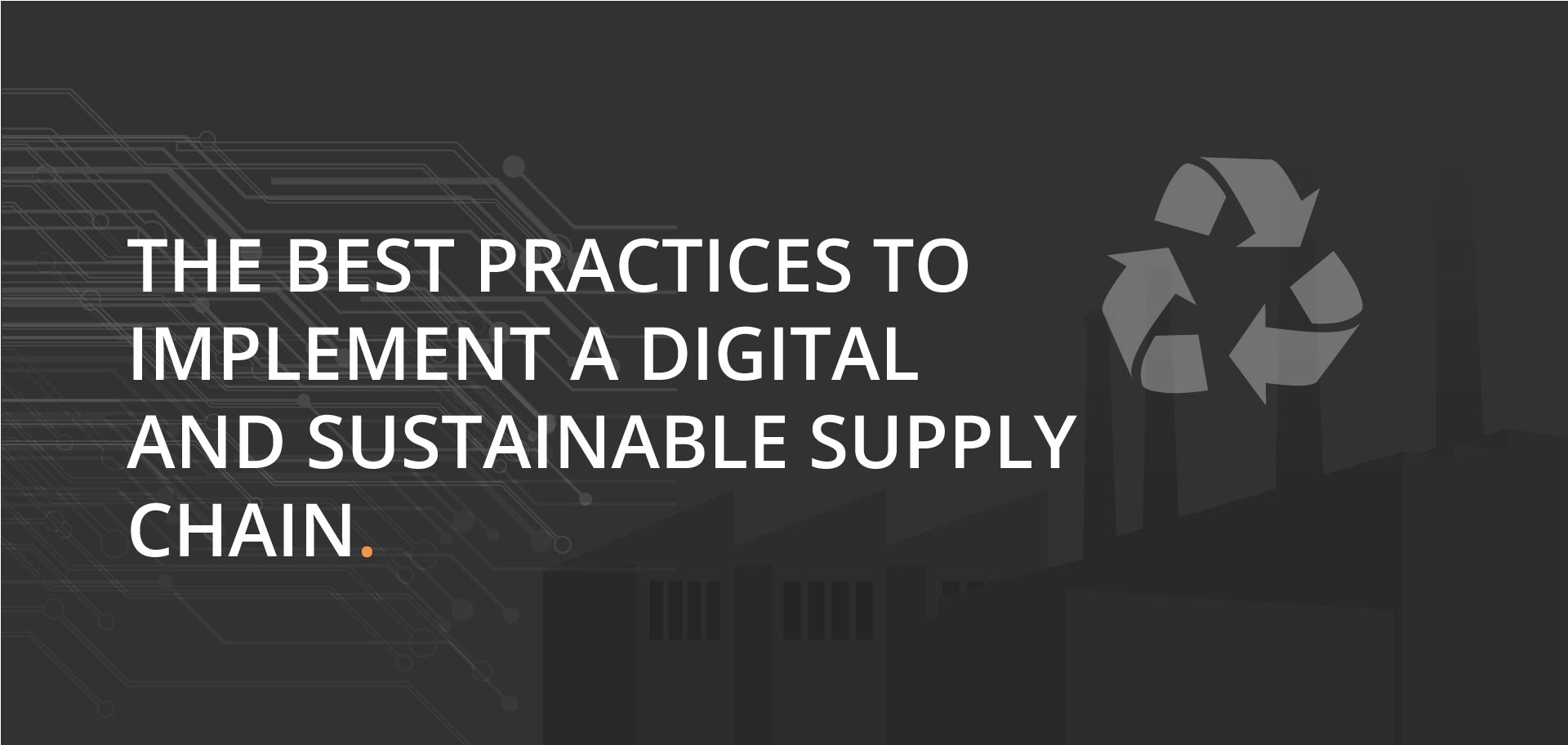
The best practices to implement a digital and sustainable supply chain
hen it comes to supply chain sustainability, there are a few key best practices to keep in mind. First and foremost, it’s important to integrate sustainability into your overall business strategy. This means setting goals and KPIs that take into account both financial and social/environmental impact.
It’s also important to get buy-in from all levels of the organization, from the top, down to individual suppliers. This requires clear communication about the importance of sustainability and how it will benefit the company as a whole. Finally, it’s essential to have robust data tracking and reporting mechanisms in place so you can measure progress and identify areas for improvement.
Make better decisions on sustainability initiatives
The digital revolution is also playing a big role in supply chain sustainability. By digitizing supply chain operations, companies can gain a better understanding of their environmental impact and make more informed decisions about how to reduce it. Additionally, digital tools can help streamline supply chain management, making it more efficient and reducing the need for physical resources.
Consumers are also a big part of this journey and they not only demand for you to say you produce better, they want to know the full story. Organizations at the front foot on this topic are already creating digital IDs attached to each product. They can inform people on the environmental impact of the goods they buy. In this way, the digital supply chain can be used to empower consumers and help them make more sustainable choices.
A supply chain that is not only efficient but also ethical and sustainable will become increasingly important in the years to come. As previously said, consumers are becoming more aware of the impact their purchases have on the environment and are demanding more transparency from brands. By implementing best practices for sustainability, you can position your company as a leader in this space and tap into a growing market.
Sustainability laws are on their way
For those dragging their feet on this topic, know that the legislator is already deciding on the laws that will rule the industry in a not so distant future. The European Commission, for example, is already working on the development of a EU Green Digital Taxonomy. This will be a classification system that determines whether an economic activity can be considered environmentally sustainable. In order to get ahead of the curve, it’s important to start thinking about how your supply chain practices can align with this future legislation.
Register to our webinar

Fingertip offers you great insights through our webinars made to share knowledge from all around the world on hot topics moving our supply chain.
RegisterGet our latest white papers

5 tips to turn your supply chain into the digital era
Click the button to download.
